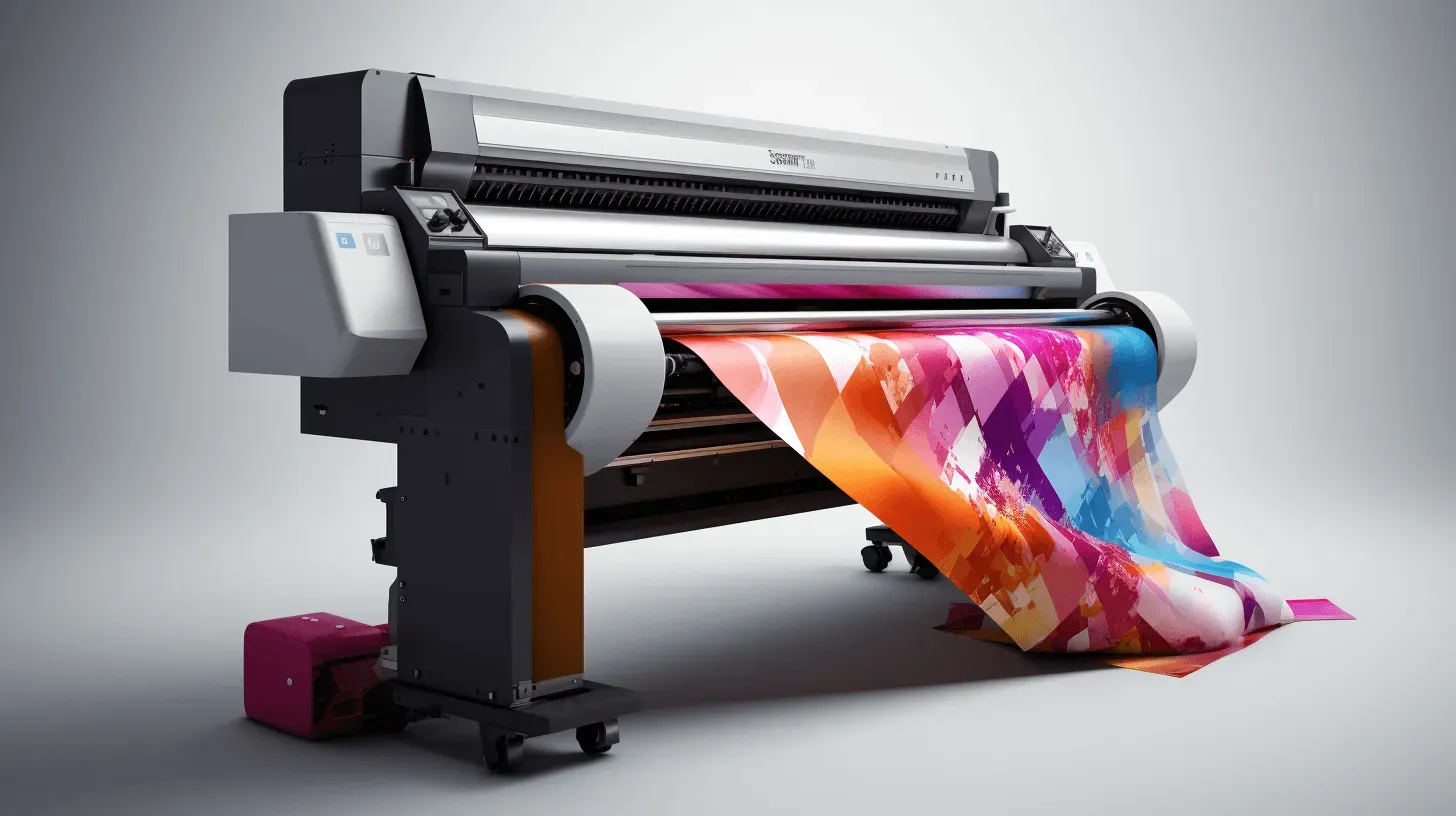DTF printing, or Direct-to-Film printing, has reshaped the landscape of textile printing, providing an innovative solution for custom apparel production. This cutting-edge technique utilizes Direct-to-Film technology, allowing intricate designs to be transferred onto various fabric types with stunning accuracy and detail. One of the primary DTF printing advantages is its ability to produce vibrant colors and wash-resistant prints, making it a favorite among businesses aiming for high-quality production. As DTF printing continues to gain traction, its cost-effective printing methodology appeals especially to small businesses and independent designers who seek to offer personalized and unique apparel. Discovering the benefits of DTF printing can significantly enhance your creative possibilities and operational efficiency in the textile printing industry.
Also known as Direct-to-Film technology, DTF printing is revolutionizing the way custom garments and textiles are produced. This innovative method allows for detailed designs to be printed on specialized transfer films, which are then applied to a variety of fabrics using heat. The versatility of this approach grants users the power to create vibrant, long-lasting prints with relative ease. As a result, the growing popularity of DTF printing resonates particularly among entrepreneurs in the custom apparel market, given its lower upfront costs compared to traditional printing methods. With these advancements in textile printing, businesses can now cater effectively to consumer demands for unique and personalized designs.
Introduction to Direct-to-Film Printing
Direct-to-Film (DTF) printing is a cutting-edge process that has garnered attention in the textile printing landscape. At its core, DTF printing enables businesses to produce high-quality designs on a variety of fabrics by transferring ink from a film directly onto the material. The effectiveness of this method lies in its ability to cater to diverse textile needs, such as custom apparel and promotional merchandise, making it an essential tool for modern decorators.
This innovative technique offers a significant departure from traditional methods like screen printing or direct-to-garment (DTG) printing. By using a flexible film as a medium, DTF allows for complex colors and designs to be applied with precision, resulting in stunning visuals that stand out. As the market for personalized apparel grows, understanding the foundational elements of DTF printing becomes crucial for anyone in the textile industry.
Frequently Asked Questions
What is DTF printing and how does it work?
DTF printing, or Direct-to-Film printing, is a modern technique that prints intricate designs onto a special PET transfer film using DTF inks. The process involves printing the design, applying a powder adhesive, curing it with heat, and finally transferring the design onto the fabric using a heat press. This method is popular for custom apparel due to its versatility and ability to print on various fabric types.
What are the advantages of using DTF printing over traditional methods?
DTF printing offers several advantages compared to traditional printing methods like screen printing and DTG. Key benefits include versatility in printing on multiple fabric types, high-resolution color output, exceptional durability, and cost-effectiveness, especially for smaller batch productions. This makes DTF printing an ideal choice for custom apparel and promotional items.
How durable are prints produced by DTF technology?
Prints produced by DTF technology are known for their remarkable durability. They exhibit excellent wash resistance, making them suitable for sportswear and everyday apparel that undergoes frequent washing. This durability ensures that the vibrant designs remain intact over time, providing long-lasting custom apparel.
Is DTF printing cost-effective for small businesses?
Yes, DTF printing is considered cost-effective for small businesses, particularly those producing custom apparel. Unlike screen printing, which often has minimum order requirements, DTF allows for printing smaller quantities, even single pieces, at an affordable price. This facilitates affordability and flexibility for startups and independent designers.
What types of fabrics can be printed using DTF printing?
DTF printing is incredibly versatile and can be used on a wide variety of fabrics. It works effectively on cotton, polyester, and blends of these materials, making it suitable for various custom apparel items. This capability gives businesses the flexibility to meet diverse customer needs in textile printing.
How is DTF printing contributing to sustainable textile printing?
DTF printing is increasingly incorporating eco-friendly practices, with advancements in water-based inks that help reduce environmental impact. The DTF community is becoming more aware of sustainability, aiming to minimize waste while still delivering high-quality custom apparel. This shift towards greener practices aligns with the growing consumer demand for environmentally responsible printing options.
| Key Aspect | Description |
|---|---|
| What is DTF Printing? | A modern textile printing method involving transferring designs from PET film to fabric using heat and pressure. |
| Advantages of DTF Technology | DTF allows for versatility on multiple fabrics, produces vibrant colors, is durable, and is cost-effective for small production runs. |
| Recent Developments | Innovations include eco-friendly inks, improved printing equipment, and a growing market in custom apparel. |
| Industry Usage | Popular among small businesses and independent designers for personalized and promotional items due to low overhead and quality output. |
Summary
DTF printing stands out as an innovative and efficient technology in textile printing today. By utilizing a blend of special films and heat transfer techniques, DTF printing elevates the way designs are applied to various fabric types. Its advantages, such as flexibility in fabric compatibility, vibrant color output, robust durability, and affordability for smaller batch sizes, have made it increasingly popular among entrepreneurs and apparel decorators. As the focus on sustainability grows and technologies for DTF printing continue to advance, its importance in the custom apparel industry is set to rise even further. This shift not only benefits businesses looking for high-quality solutions but also consumers who seek personalized designs at competitive prices.



